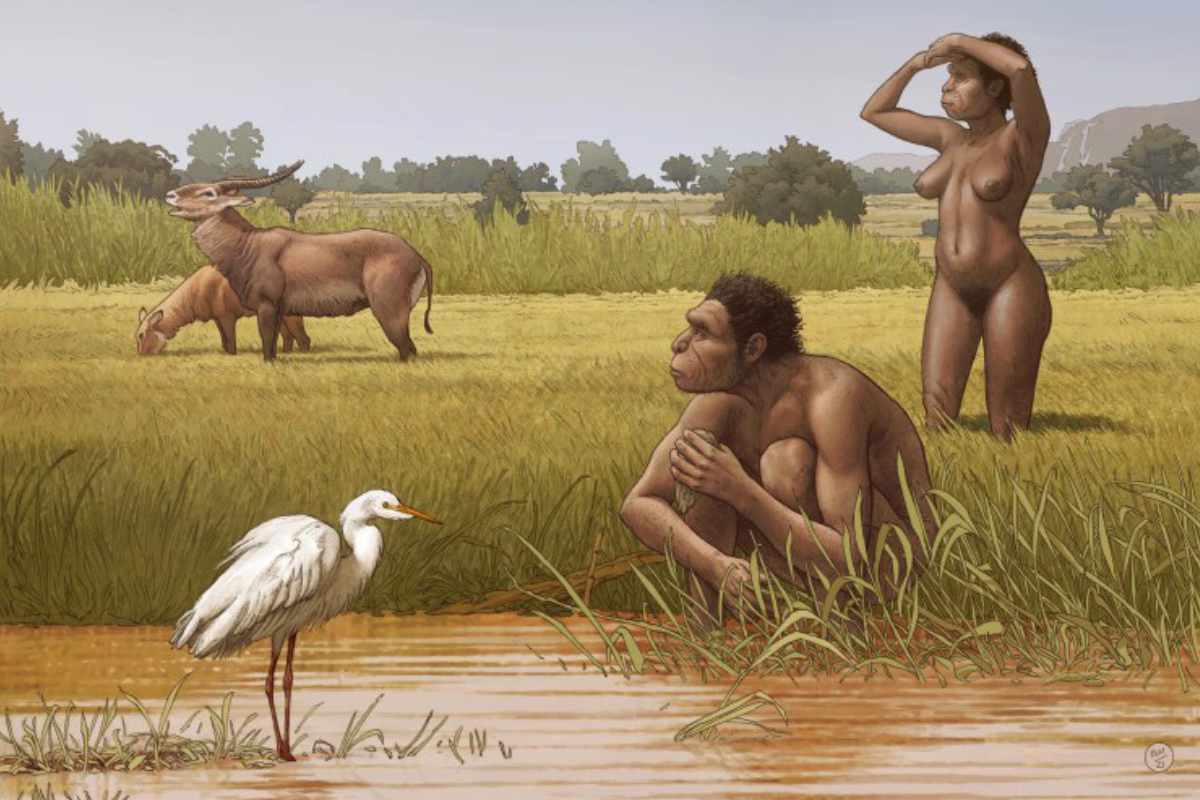
Meet Homo bodensis.
Our own human evolution is quite complicated to say the least. In the meantime, for example, it is becoming increasingly clear that humanoids did not succeed one another, but rather lived side by side. There were also probably many different types of people. How exactly this works is still a great mystery. But researchers are now trying to create order in that chaos. And with the naming of a new human ancestor.
Middle Pleistocene
In the study researchers looked at already known human fossils unearthed in Africa and Eurasia dating from about 774,000 to 129,000 years ago; a period called the Middle Pleistocene. Scientists suspect that modern humans originated in Africa at this time, while our closest relative, Neanderthal, spread across Europe. However, much about this important chapter in human evolution is poorly understood. Paleoanthropologists refer to this part of history as ‘the muddle in the middle’.
Two types of people
Human fossils found in Africa and Eurasia dating from the Middle Pleistocene have until now often been assigned to two different human species: Homo heidelbergensis or Homo rhodesiensis. However, both species often bore multiple, and conflicting, definitions. “Talking about human evolution during this period became impossible due to the lack of proper terminology that recognizes human geographic variation,” said study leader Mirjana Roksandic.
Confusion
To make matters worse, recent DNA research has shown that some European fossils attached to H. heidelbergensis were actually attributed to early Neanderthals, rendering the name obsolete. Likewise, recent analyzes of many East Asian fossils now suggest that they no longer exist either H. heidelbergensis should be called. And to complicate the story even more, African fossils from the same period were sometimes H. heidelbergensis if H. rhodesiensis called. H. rhodesiensis however, is ill-defined and the name has never been widely accepted. In short, all these things complicate the already poorly understood question of our human evolution.
gay bodensis
With the announcement of gay bodensis the researchers now hope to provide some clarity. This hominin is said to include many fossils previously identified as H. heidelbergensis or H. rhodesiensis. It means that many of the human fossils from Africa and the eastern Mediterranean region are gay bodensis will be attributed. Human fossils found in Europe will be reclassified and likely assigned to Neanderthals.

Artistic impression of Homo bodensis. Image: Ettore Mazza
The researchers suggest that H. Bodensis was a direct human ancestor of ours. Its name is derived from a 600,000-year-old skull found in Bodo D’ar, Ethiopia.
Order in chaos
The researchers hope that this new name for a protagonist in a still poorly understood but important chapter in our evolution brings order to the chaos. “The terms should be clear in science, in order to facilitate communication,” said researcher Predrag Radović. The introduction of H. bodensis is therefore intended to ‘tie the knot’ and enable scientists to better communicate about this important time in human evolution.
The fact that a new name has now been proposed is also quite controversial. “The International Commission on Zoological Nomenclature (the organization that works to achieve stability and meaning in the scientific naming of animals, ed.) actually only allows name changes under very strict, defined rules,” says Roksandic. “But we are confident that the name will last for a long time. If other researchers also start using it, it will survive.”
Source material:
“Experts name new species of human ancestor” – University of Winnipeg
Image at the top of this article: Ettore Mazza